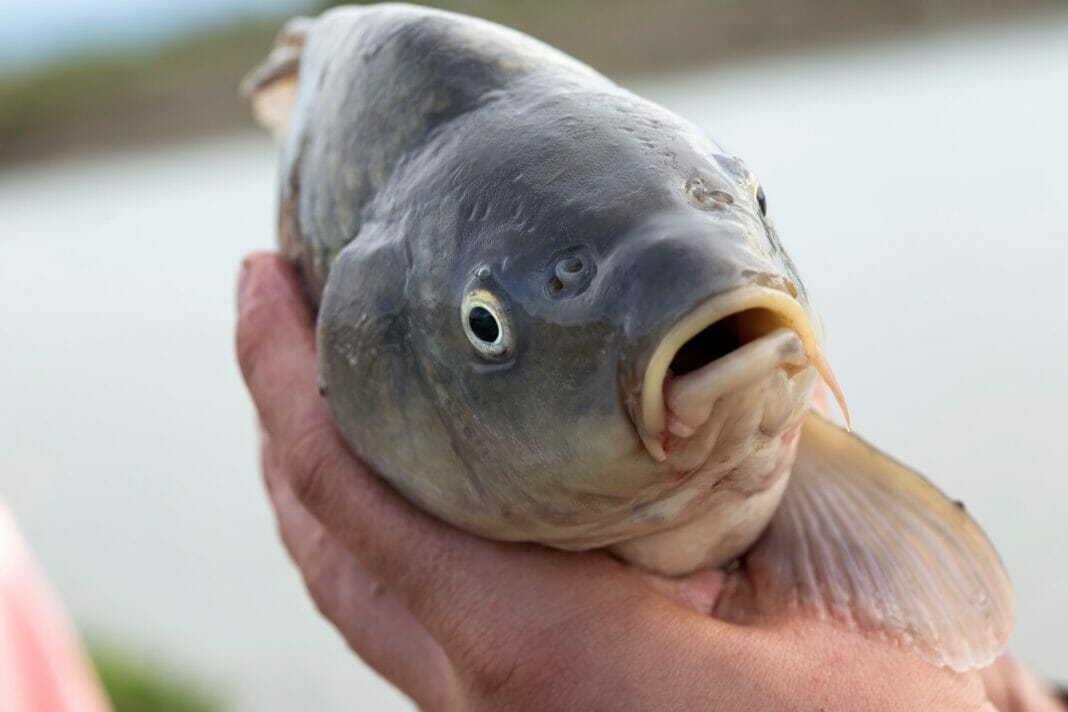Carp fishing is gradually gaining popularity among anglers due to the fish’s reputation for being powerful and challenging to catch. The common carp (Cyprinus carpio) is a freshwater fish native to Asia and Europe but is now found across the globe in various lake, river, and pond ecosystems. In this article, we will explore various tips and techniques to help you increase your carp fishing success in freshwater environments.
Preparation and Basic Equipment
- Rod and Reel Setup: A suitable rod and reel setup is essential for successful carp fishing. Consider using a 12-13 ft long rod with medium to heavy power and a test curve of 2.5-3.5 lb. Pair it with a high-quality baitrunner reel loaded with monofilament or braided line.
- Terminal Tackle: In terms of terminal tackle, you’ll need to have an assortment of various sized hooks, hair rigs, swivels, split shots, and sinkers.
- Baits: Boilies, pellets, corn, and luncheon meat are all popular carp baits. Experiment with various flavors and sizes until you find one that works well for your target area.
- Bite Alarms and Indicators: Invest in quality bite alarms and indicators to help you detect when a carp has taken the bait.
- Unhooking Mat and Landing Net: Proper fish care is vital when handling carp. A large unhooking mat and a good quality landing net can ensure the fish is released without injury.
Tips for Locating Carp
- Look for Signs: When carp are actively feeding, they often disturb the water surface, creating bubbles and muddy areas. Keep an eye out for such signs to locate potential hotspots.
- Use a Feature Finder: A feature finder can help map out the depth and contours of the underwater environment, providing valuable information on where the fish are likely to be holding up.
- Local Knowledge: Speak to other local anglers about their experiences in the area. Their insights can provide valuable information on the best spots and bait choices.
Fishing Techniques
- Ledgering: Ledgering is a widely used technique for carp fishing. Attach a weight to your line approximately 12-18 inches from your hook, making sure it is heavy enough to hold your bait in place but not so heavy that it will spook the fish. Cast out to your chosen spot and wait for a bite, tightening the line if necessary.
- Surface Fishing: Carp are known to feed on insects near the surface, making surface fishing an excellent option during warmer months. Use a floating bait such as bread or dog biscuits, and cast near visible carp activity.
- Stalking: Stalking involves getting close to the fish and casting your bait in their feeding zone. This requires stealth and patience, but can be highly effective when done correctly.
Baiting Strategies
- Pre-baiting: Pre-baiting involves introducing small amounts of bait to the swim over a few days. This can help attract carp to the area and create a feeding routine.
- PVA Bags: PVA bags are a popular way to present your bait accurately while also leaving a trail of free offerings. Fill a PVA bag with your chosen bait, attach it to your hook, and cast.
- Method Feeders: Method feeders deliver a compact ball of groundbait, pellet or boilie mix alongside your hook bait. Carp are attracted to the scent and will often pick up the hook bait as they investigate the free offerings.
Carp fishing in freshwater requires patience, skill, and knowledge of the fish’s behavior. By following the tips and techniques outlined in this article, you will be well on your way to increasing your carp fishing success. Remember to practice catch and release, and always treat the fish with care to ensure they continue to thrive in their natural habitats.


